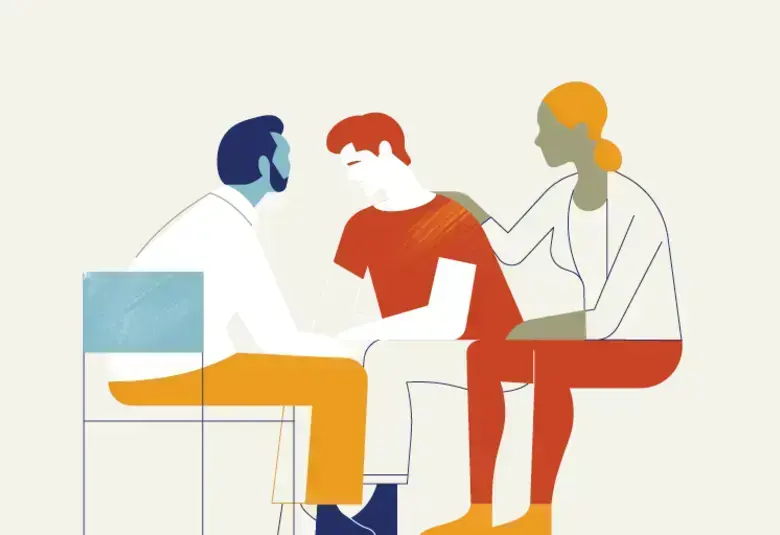The Treatment Response and Resistance in Psychosis (TRRIP) Consensus Guidelines now allow researchers to reliably assess the incidence of treatment-resistant schizophrenia (TRS). During SIRS 2018, two posters presented data in which the TRRIP Consensus Guidelines were used to great effect. In the study by Joyce et al., London, UK and Sao Paolo, Brazil, it was apparent that patients with TRS had been included in a clinical trial from which they were explicitly excluded suggesting this is likely to be more prevalent than previously thought; in the study by Dempster et al., London, Ontario, Canada, the utility of TRRIP Consensus Guidelines 20% and 50% response thresholds in first episode schizophrenia (FES) and TRS at 6 months were investigated, and highlighted the contribution of both positive and negative symptoms as criterion markers.
CATIE reassessed
Data from the Clinical Antipsychotic Trials of Intervention Effectiveness (CATIE) study were repurposed to allow the prospective assessment of TRS incidence. The data were pre-processed to extract trajectories for social and occupational functioning (SOF), Positive and Negative Syndrome Scale (PANSS) score, and adequate treatment trials. Thereafter, using an event model, the TRS status of patients was ascertained throughout the trial.
The crude incidence rate of TRS is 5.43 per 100 person-years in the overall population and 9.61 per 100 person-years in the at-risk subpopulation
Patients were defined as ‘at-risk of TRS’ only if they triggered the TRRIP Consensus Guidelines threshold at some time, had at least two adequate trials of different antipsychotics, if PANSS total score and SOF values remained above TRRIP thresholds when patients exited the study, and if there was a <20% change in PANSS scores. Patients were defined as ‘at-risk of treatment-resistance but responsive [to therapy]’ should they trigger the TRRIP Consensus Guidelines threshold but their PANSS scores and SOF data values fell back below the TRRIP Consensus Guidelines threshold before study exit. This latter group of patients also had to have received two adequate trials of different antipsychotic medications.
TRS present but unpredictable
Of the 1436 total participants, 740 were identified as being at-risk of TRS at the start of the study. Of these, 71 were gauged as having TRS by study end. The crude incidence rate of TRS was estimated to be 5.43 per 100 person-years in the overall population and 9.61 per 100 person-years in the at-risk subpopulation. Predictive modelling failed to identify any factor that would identify those likely to develop TRS although a higher PANSS negative domain score did yield a small increase in probability of TRS.
Criteria only using positive symptom improvement fail to identify a clinically meaningful proportion of patients with FES as having probable TRS
In the second study by Demster et al., the usefulness of the 20% response threshold suggested by TRRIP Consensus Guidelines as the definition of insufficient response, as well as a more stringent 50% response threshold in the domains of positive and negative and total symptoms, was investigated. The data retrospectively examined in this poster were from the Prevention and Early Intervention Program for Psychosis study of patients with first episode schizophrenia.
Positive and negative symptoms need to be considered in TRS
The stringent 50% response rate findings suggested that, in order to identify patients with treatment-resistance prospectively as early as 6 months after FES, it is important to include not only positive but also negative symptoms as criteria markers. Criteria that only include positive symptom improvement fail to identify a clinically meaningful proportion of patients with FES as having probable TRS.
Appropriate interventions are needed to optimize long-term psychosocial functioning and quality of life
As fulfilling the criteria for treatment-resistant schizophrenia at 6 months is associated with poor response as early as one month after treatment initiation, patients should be monitored closely early on in their treatment to identify those who fail to improve. In case of nonresponse, appropriate interventions are needed to optimize long-term psychosocial functioning and quality of life.




